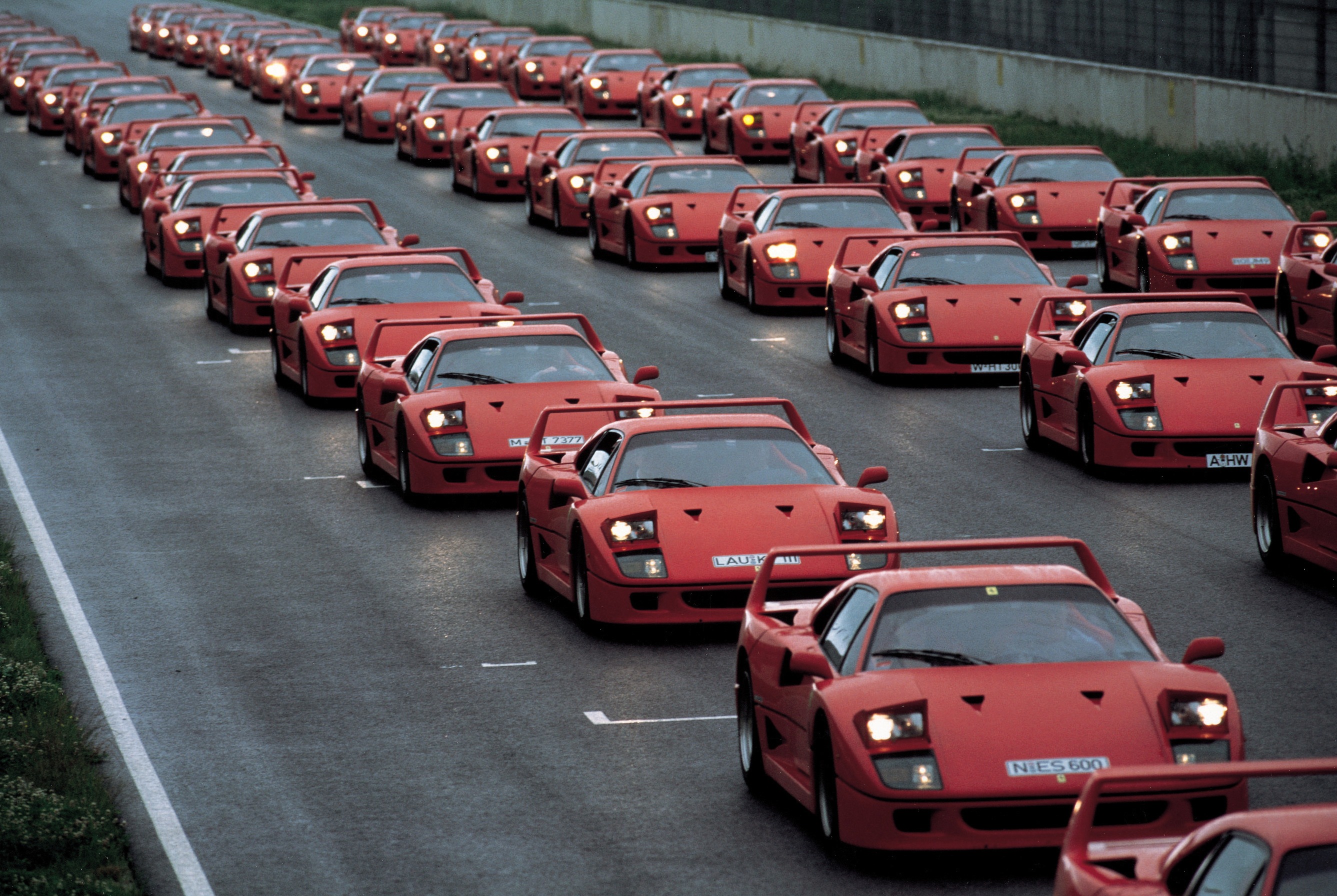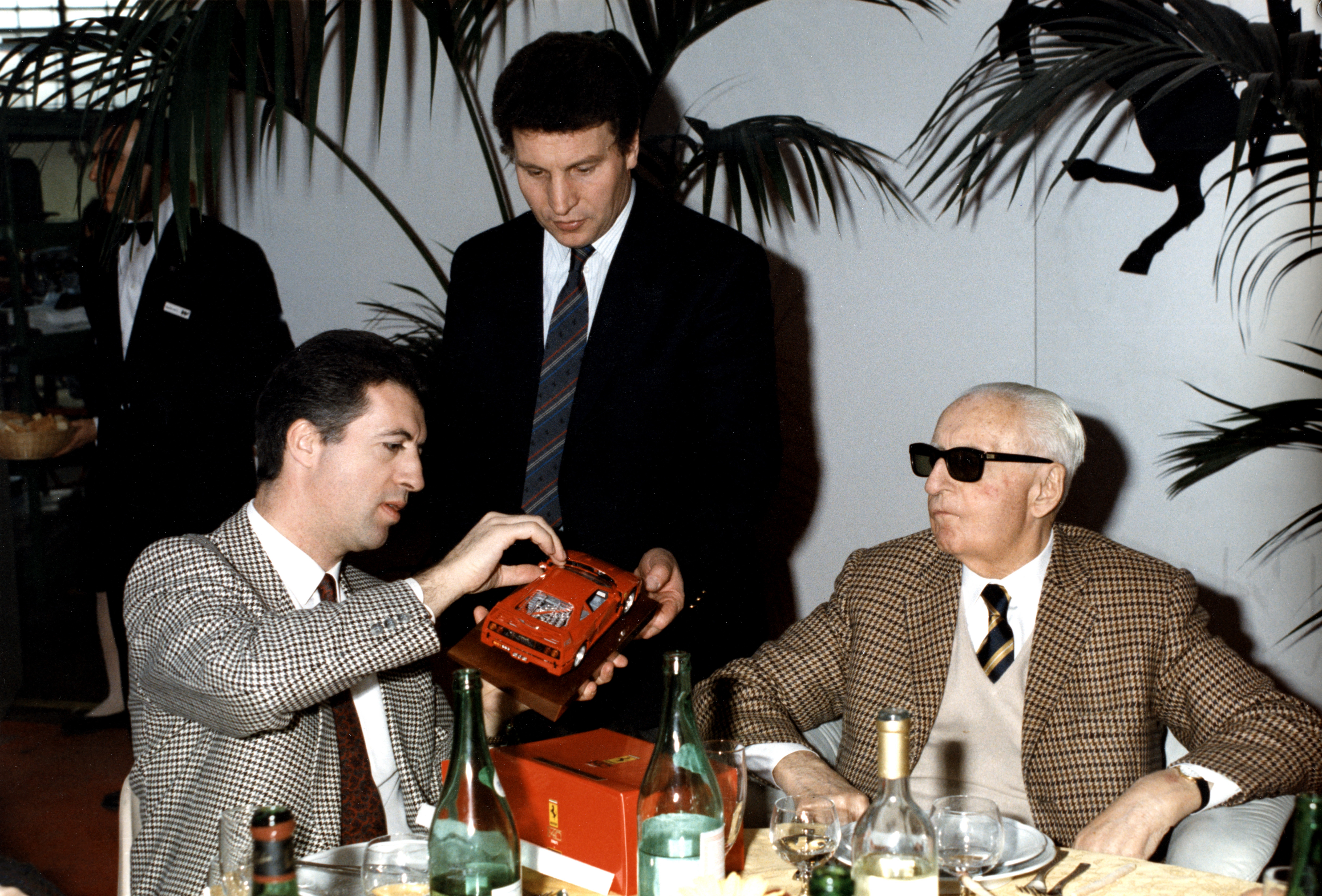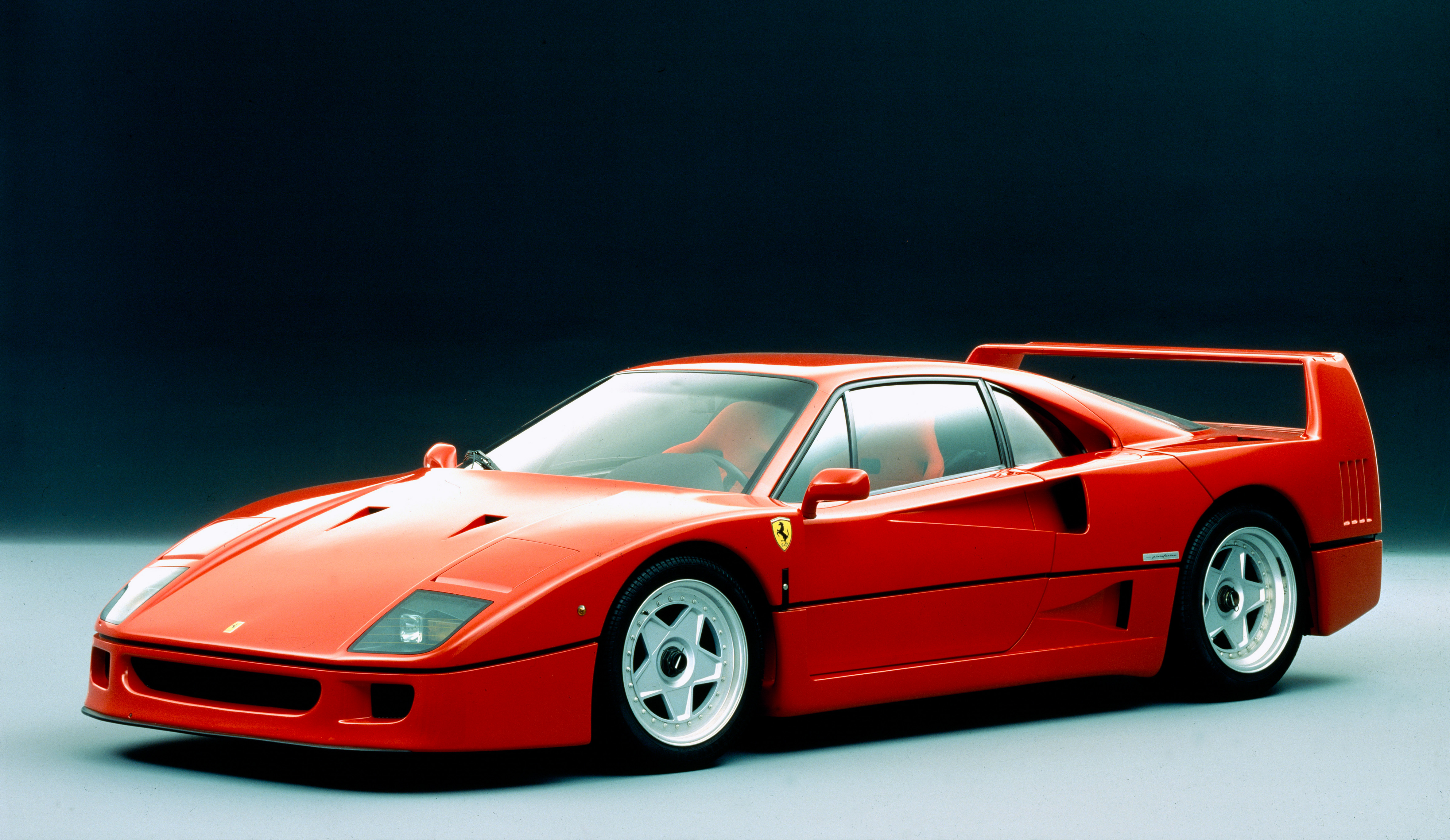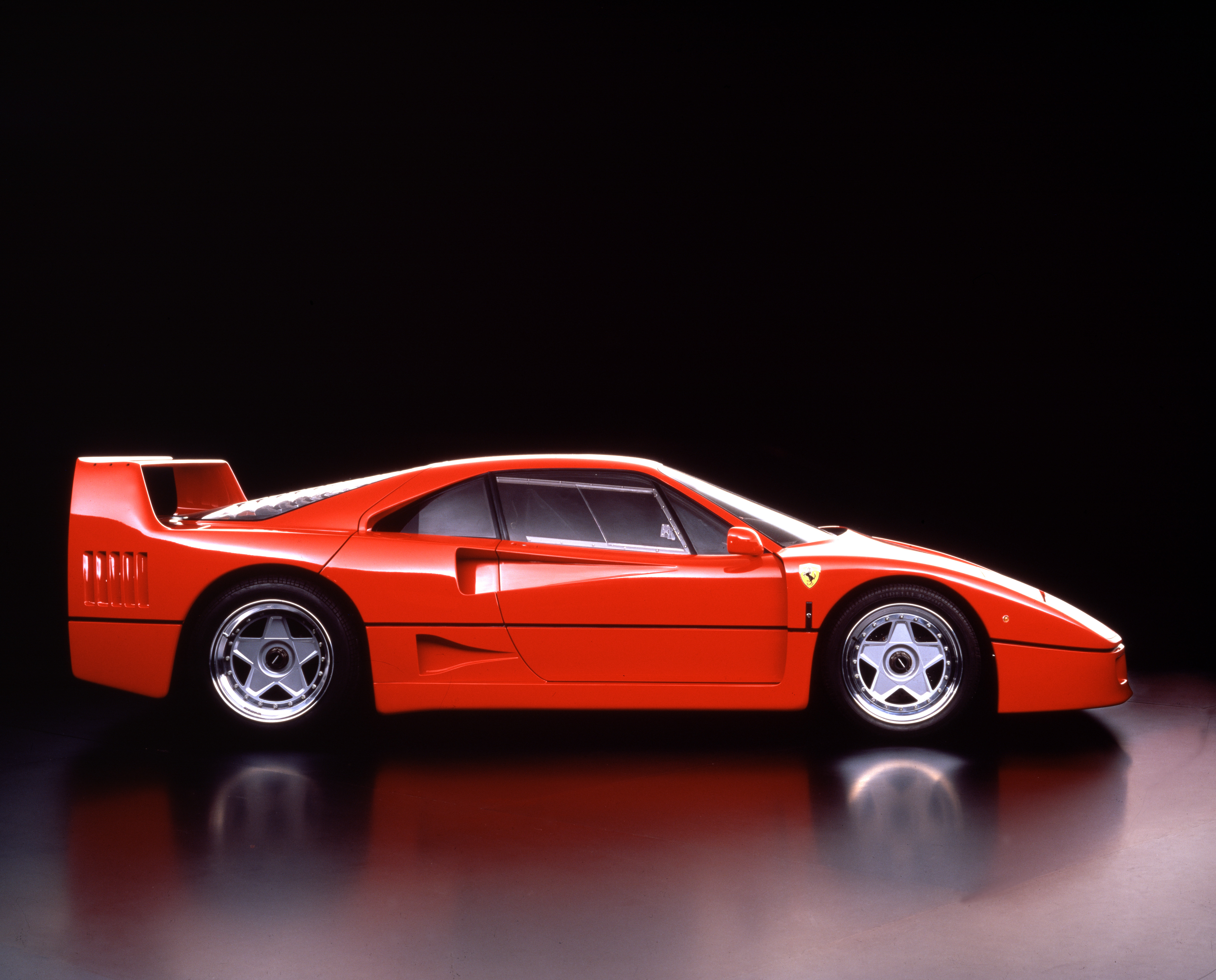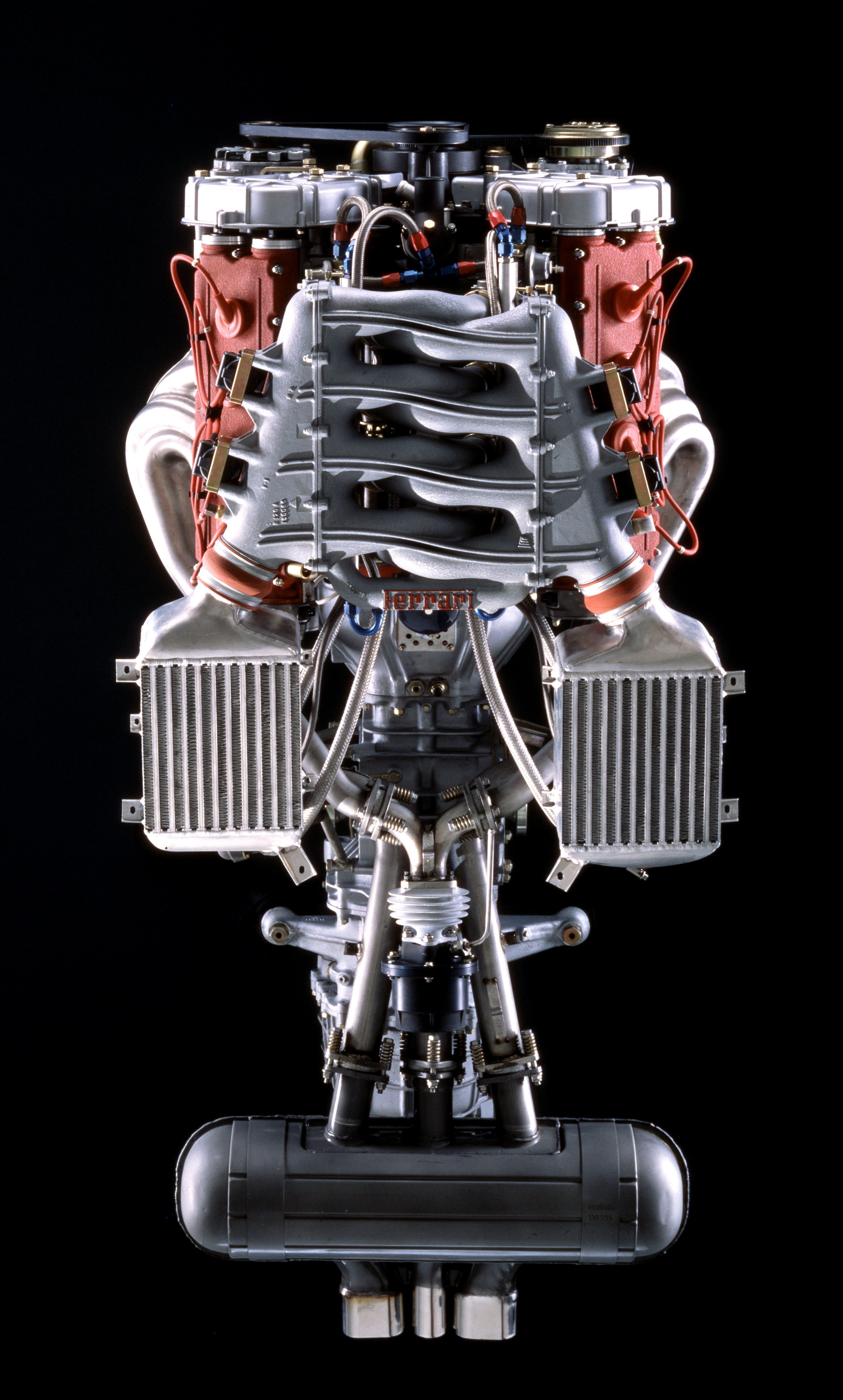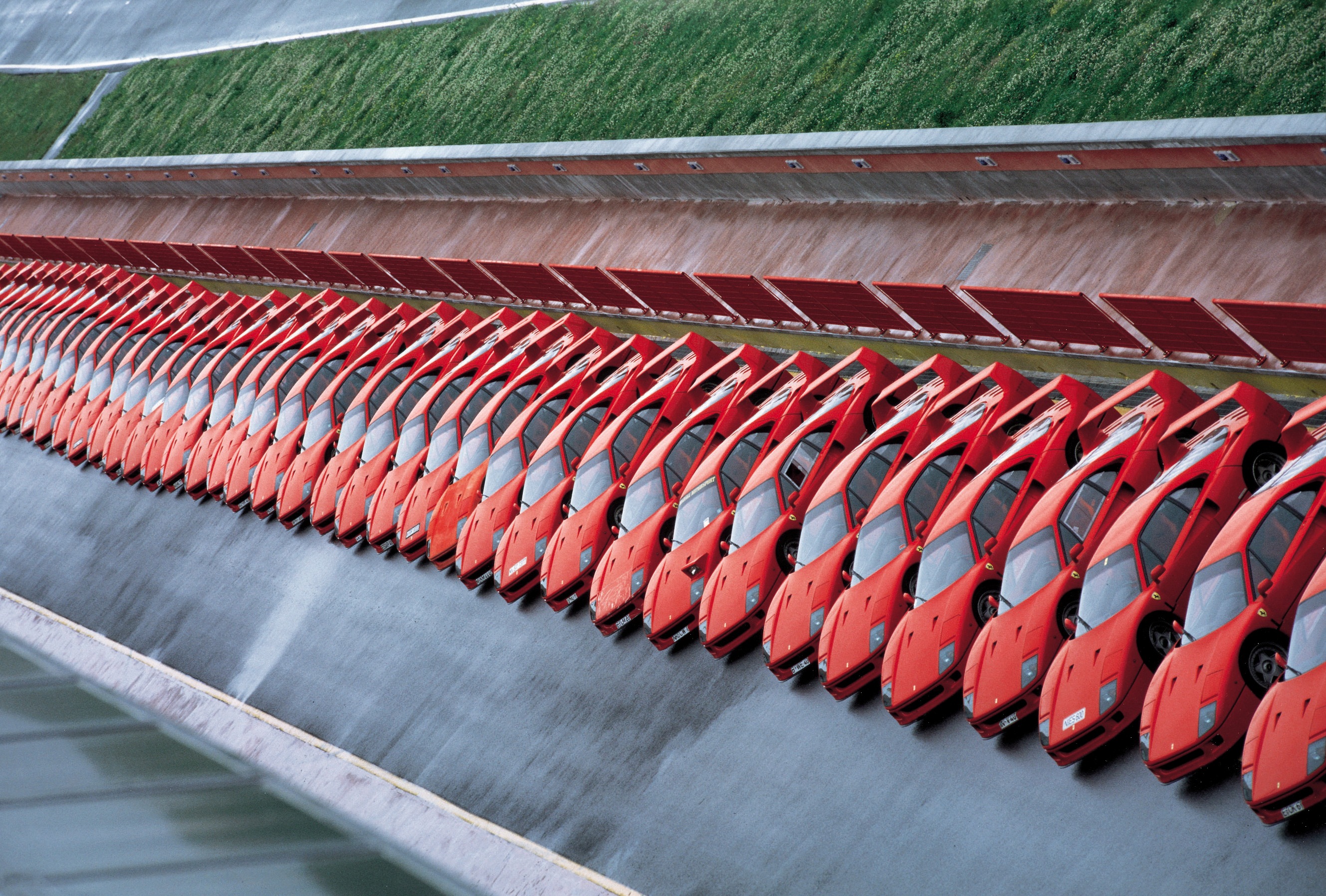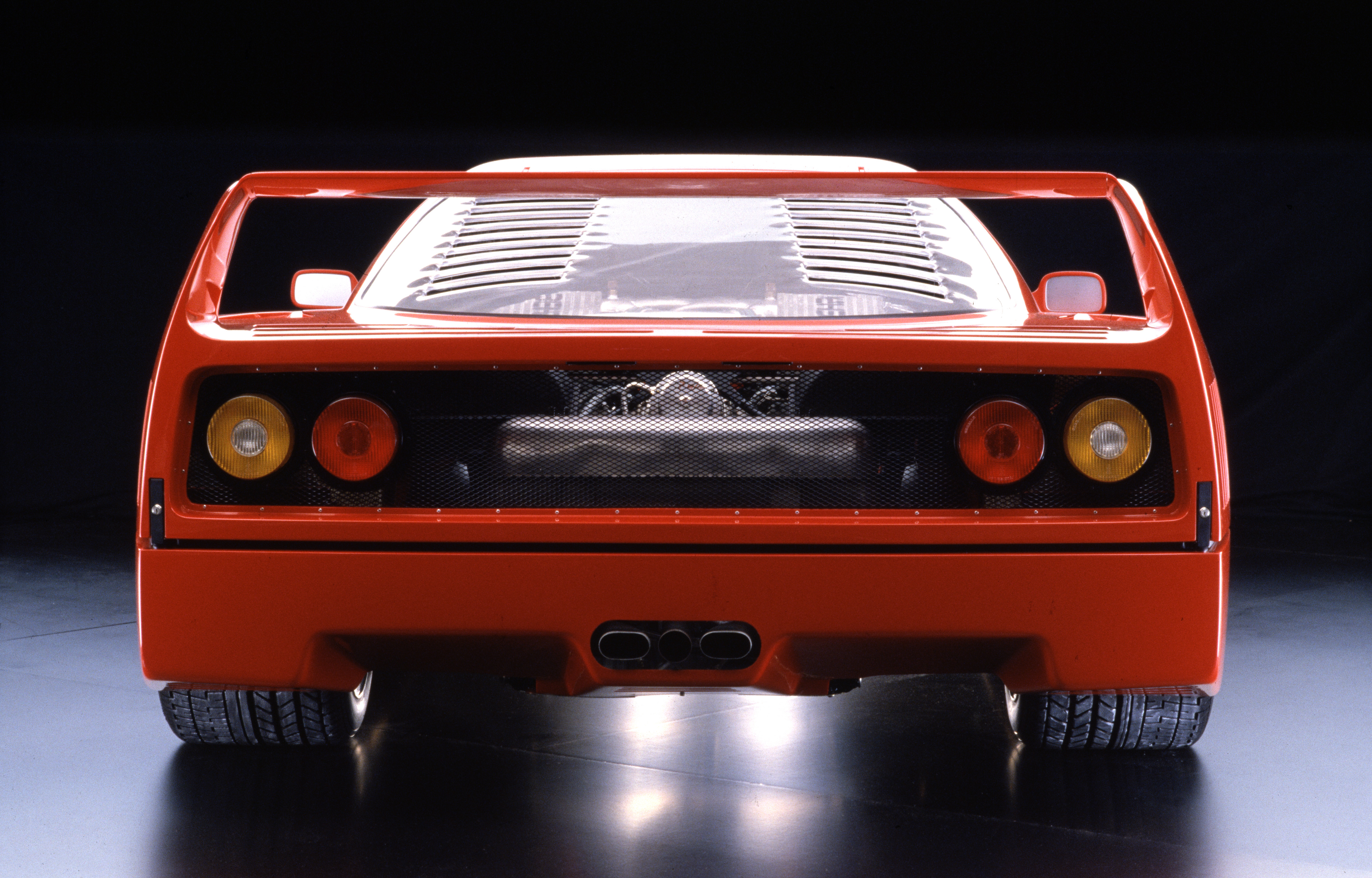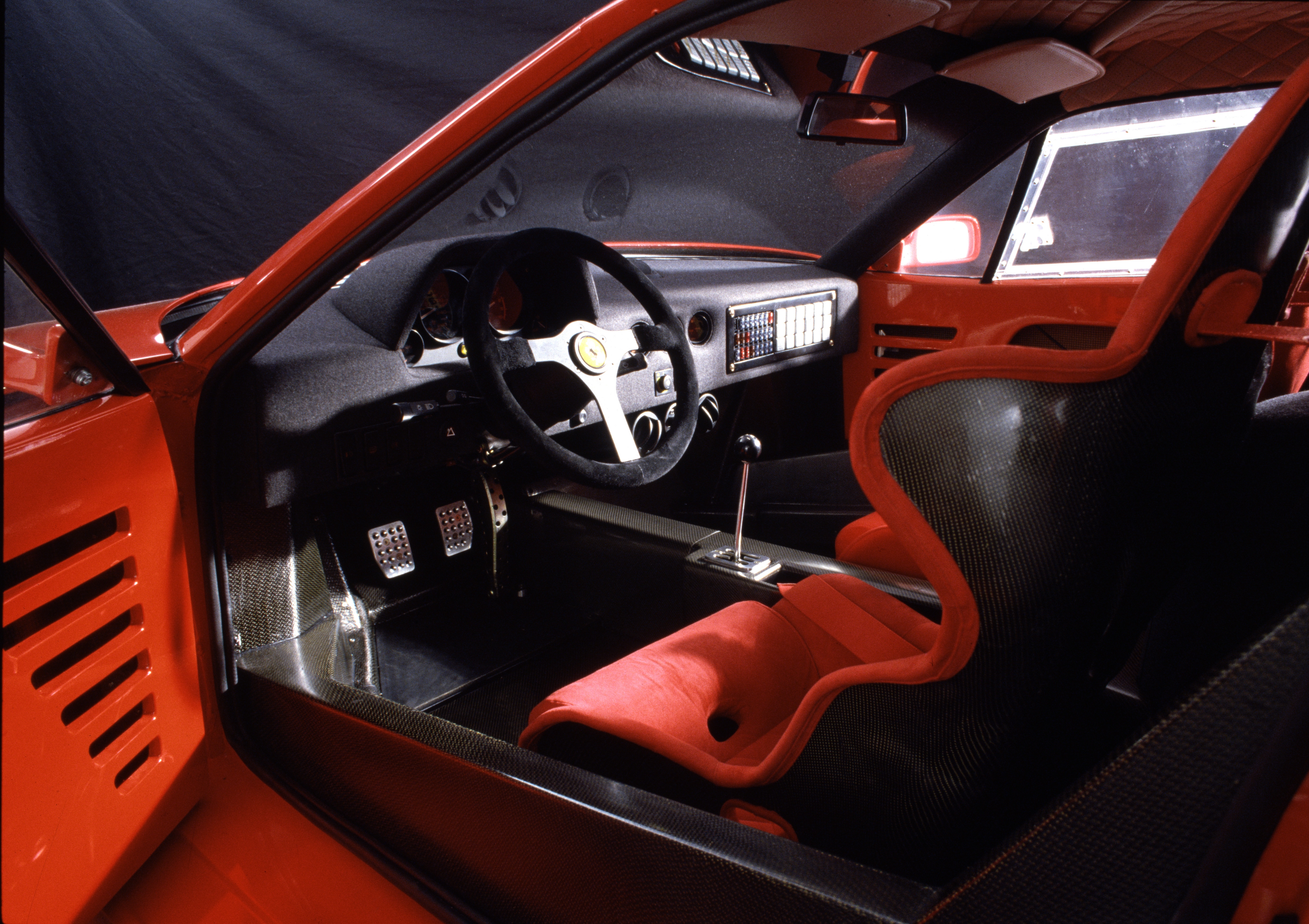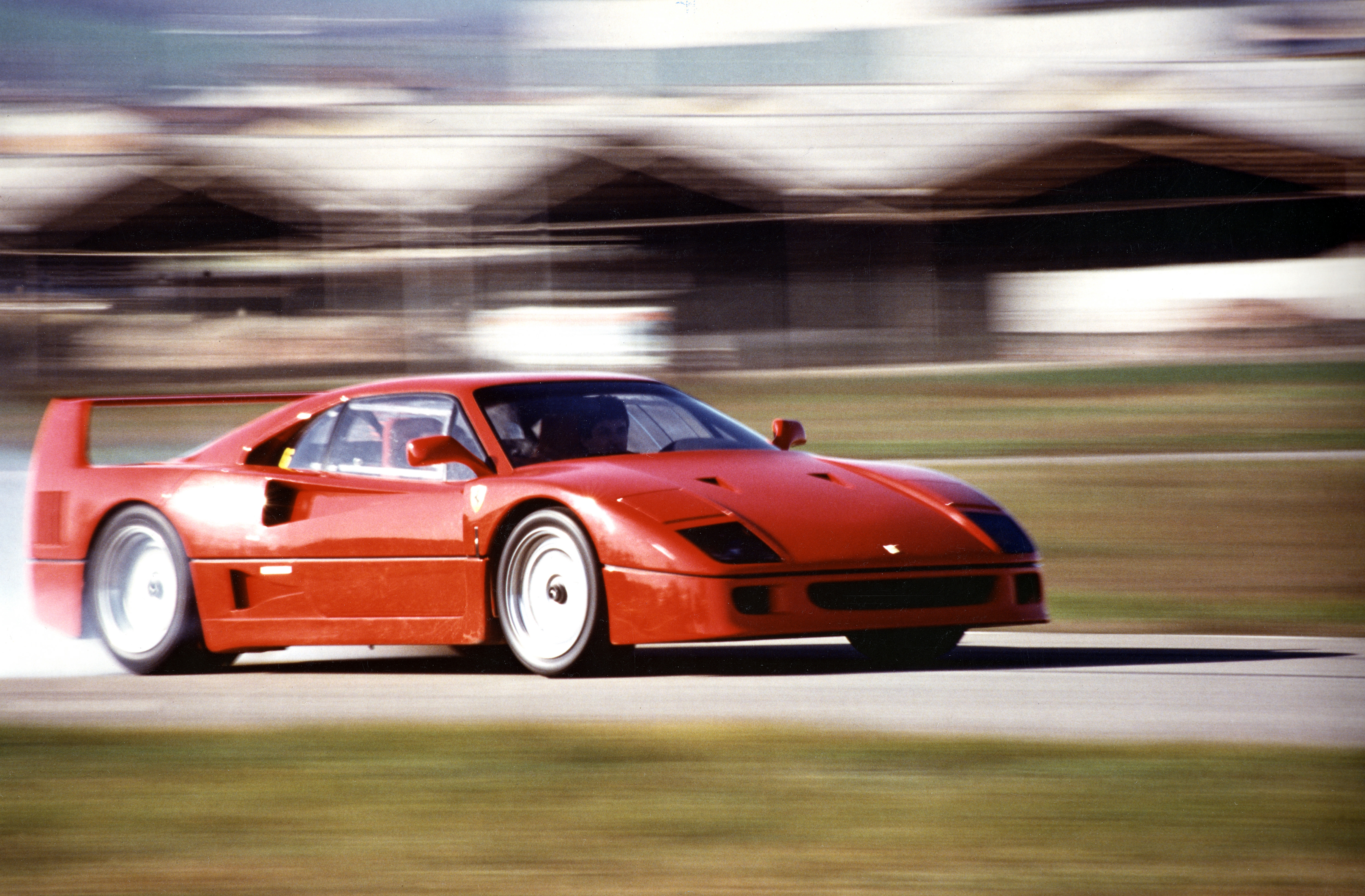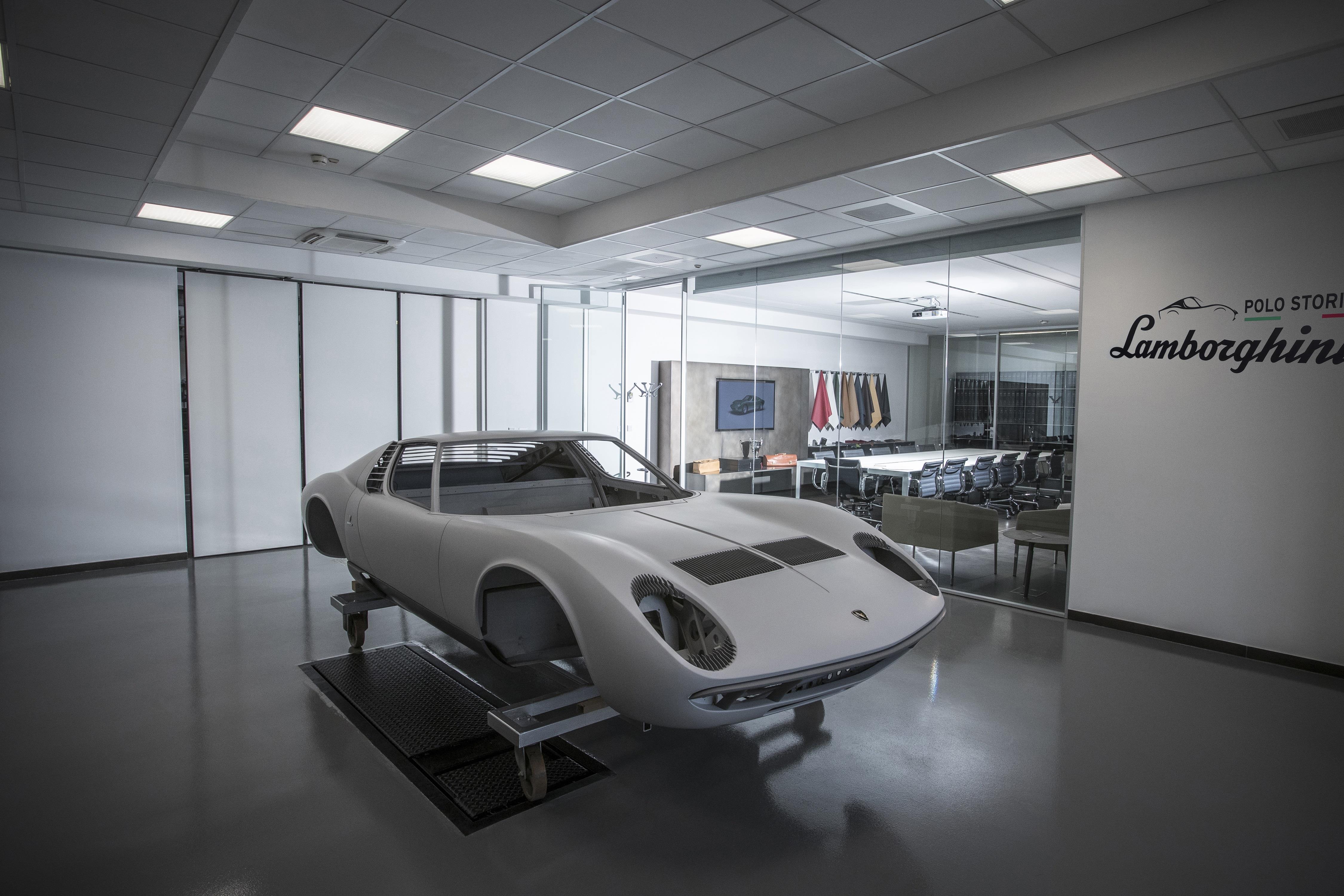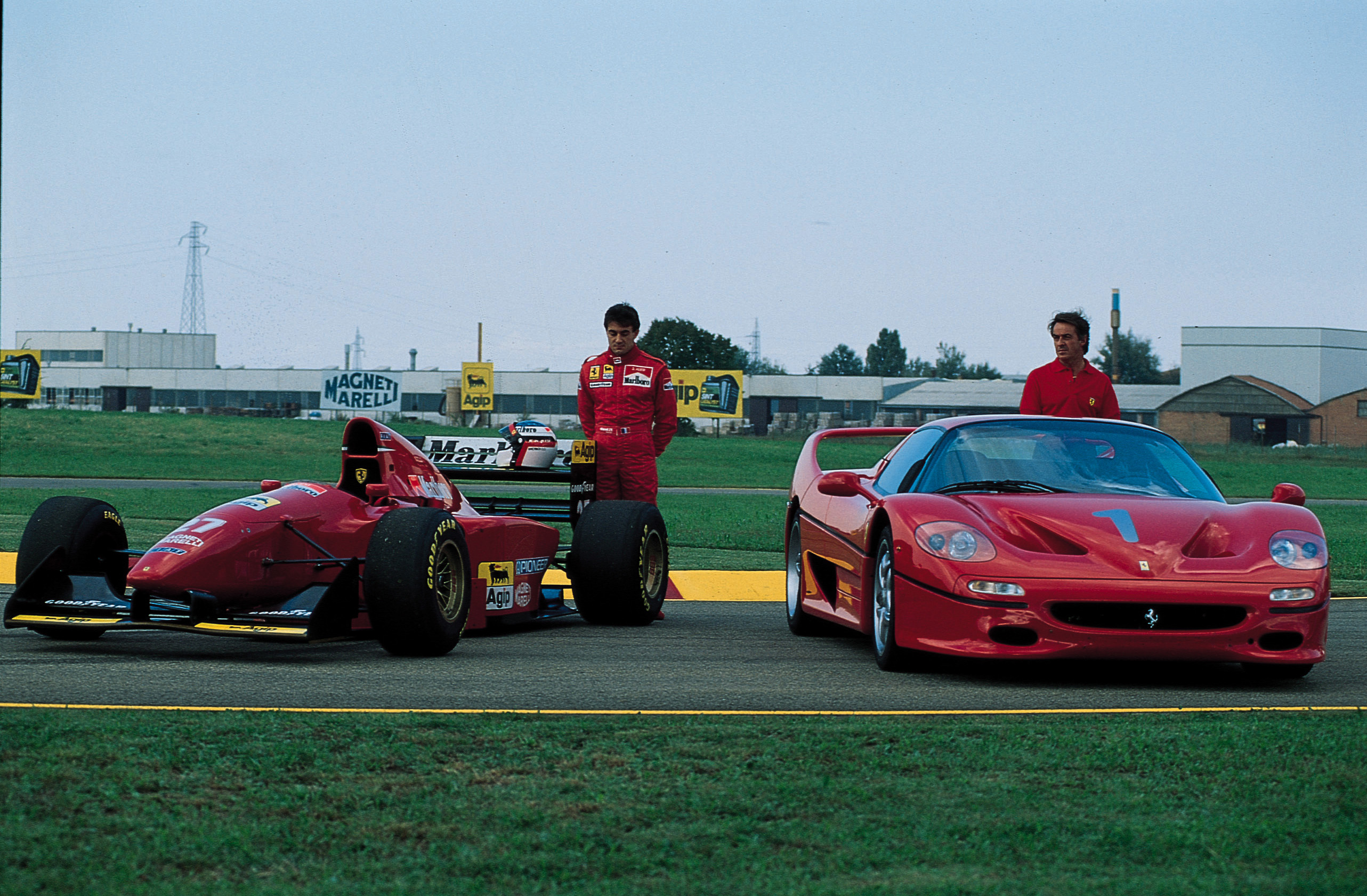The Ferrari F40 occupies a unique position in the alternative asset landscape: it is at once a collectible, a cultural totem, and one of the most reliable capital preservation tools in the performance car segment.
Launched in 1987 to mark Ferrari’s 40th anniversary, it was the last Ferrari personally signed off by Enzo Ferrari.
Just over 1,300 units were produced between 1987 and 1992, and today, the model has emerged as one of the most actively traded, deeply benchmarked, and widely held halo cars globally.
From an investor perspective, the F40 now functions as a reference asset — a vehicle against which the value of other blue-chip Ferraris, and indeed many other supercars, are measured.
Approximately 1,311 F40s were built globally, with market splits generally broken into:
-
EU/ROW-spec cars (non-cat, non-adjust, sliding window examples most desirable)
-
US-spec cars, built to meet period federal requirements
-
A small number of prototype and press cars, which carry further valuation premiums
Of that 1,300+, a meaningful portion have been subject to:
-
Accident repair (reducing collector confidence)
-
Non-factory restorations or tuning
-
Mileage accruals that, while mechanically irrelevant, materially affect values at the high end of the market
As such, investable-grade examples (Classiche-certified, low-mileage, factory-specification, accident-free history) are believed to number below 300 globally.
The Ferrari F40’s price history offers one of the clearest asset curves in the automotive sector:
| Year | Price Benchmark (USD) | Market Context |
|---|---|---|
| 1987 | ~$400,000 (MSRP) | Launch pricing |
| 1989 | $1.0M+ (grey market) | Speculative boom |
| 1994 | $250,000–$300,000 | Post-bubble correction |
| 2010 | $500,000–$600,000 | Early resurgence |
| 2015 | $1.2M–$1.5M | Re-rating of blue-chip Ferraris |
| 2021 | $2.5M–$3.2M | Peak Covid-era demand |
| 2025 | $2.9M–$4.1M+ | Flight to quality resumes |
In 2023–2024, the wider collector car market experienced price recalibrations following aggressive growth in 2020–2022. The F40 corrected ~8–12% in average value.
However, as of Q2 2025, values have stabilised and resumed modest upward movement — particularly for lightweight EU-spec cars with full documentation and low mileage.
Relative to its nearest peers:
| Model | Production | 2025 Value Range | Notes |
|---|---|---|---|
| 288 GTO | 272 | $3.5M–$4.5M | Smaller production, but less global recognition |
| F40 | 1,311 | $2.9M–$4.1M | Most liquid modern classic Ferrari |
| F50 | 349 | $4.0M–$5.5M | Less raw; younger demographic interest rising |
| F40 LM/Comp | ~20–30 | $5.5M–$8.5M | Racing variants; very low supply |
Importantly, the F40 has far greater secondary market depth and transactional velocity than the 288 GTO or F50.
It is also the most widely held among institutional collectors and private high-net-worth buyers, making it more liquid and more observable.
The F40 continues to appeal across three buyer categories:
-
Legacy collectors – often holding multiple halo Ferraris, value provenance and Classiche pedigree.
-
First-time ultra-luxury entrants – typically UHNWI with strong liquidity events (crypto, tech, capital markets).
-
Portfolio diversifiers – private offices or sophisticated individuals allocating 5–10% to tangible luxury assets.
The average holding period among strategic collectors is 5–8 years, though institutional buyers and museums typically hold in perpetuity.
Engine Notes views the Ferrari F40 as a keystone investment vehicle — not just within the classic car market, but across the broader landscape of collectible assets.
Its performance over 37 years shows:
-
Long-term capital preservation
-
Strong liquidity and exit optionality
-
Multi-cycle relevance across generations
For any serious collector or asset allocator, the F40 performs the function of an index: it provides a clear signal about market sentiment, value thresholds, and behavioural pricing patterns.
As of 2025, our monitored sales show:
-
Top-tier examples trading at $3.8M–$4.1M, with a waitlist forming for documented Classiche-certified lightweight EU cars
-
US-spec examples with 10k+ miles, no Classiche, or partial history discounted to $2.6M–$2.9M
-
LM/Competizione derivatives approaching $7M–$8.5M, depending on provenance and configuration
We track the F40 in our Tier 1 Core Index, alongside the McLaren F1, Porsche 959 S, and select Gulf-liveried GT40s.
For capital deployment in 2025–2026, we continue to view it as a buy-and-hold asset, with optionality for event-led exits or private liquidity moments.

